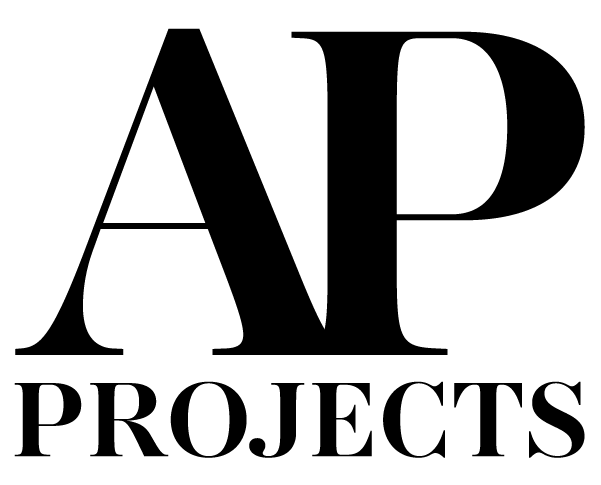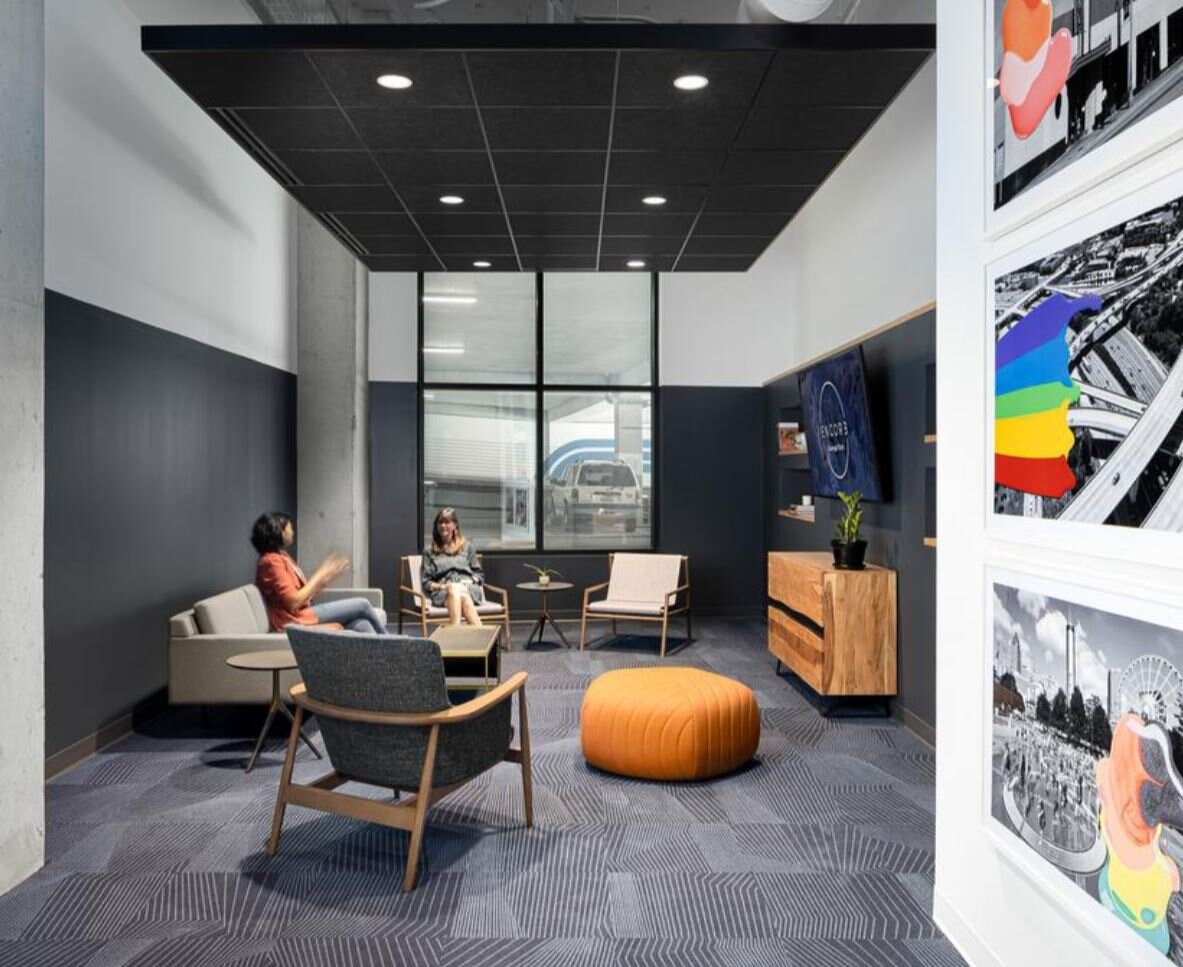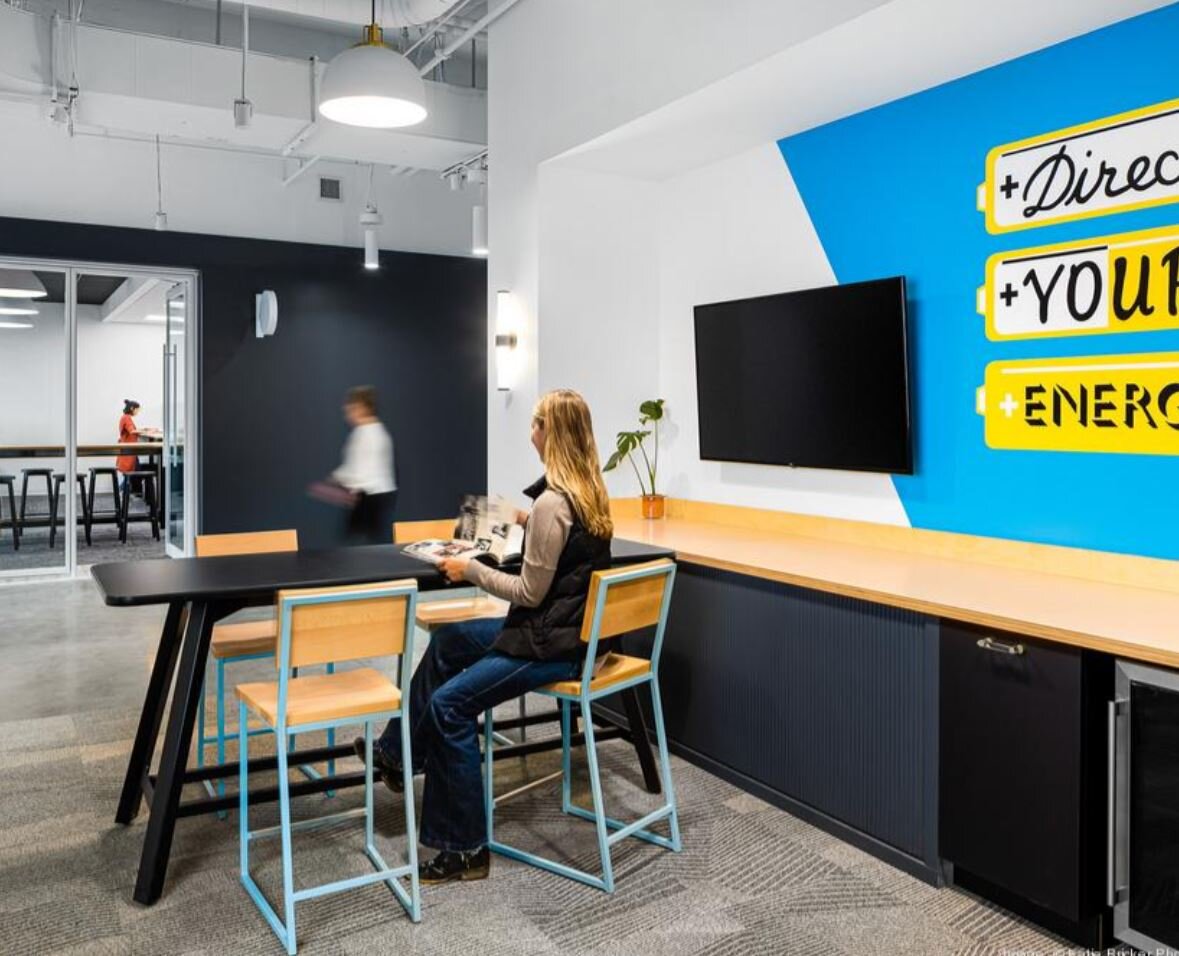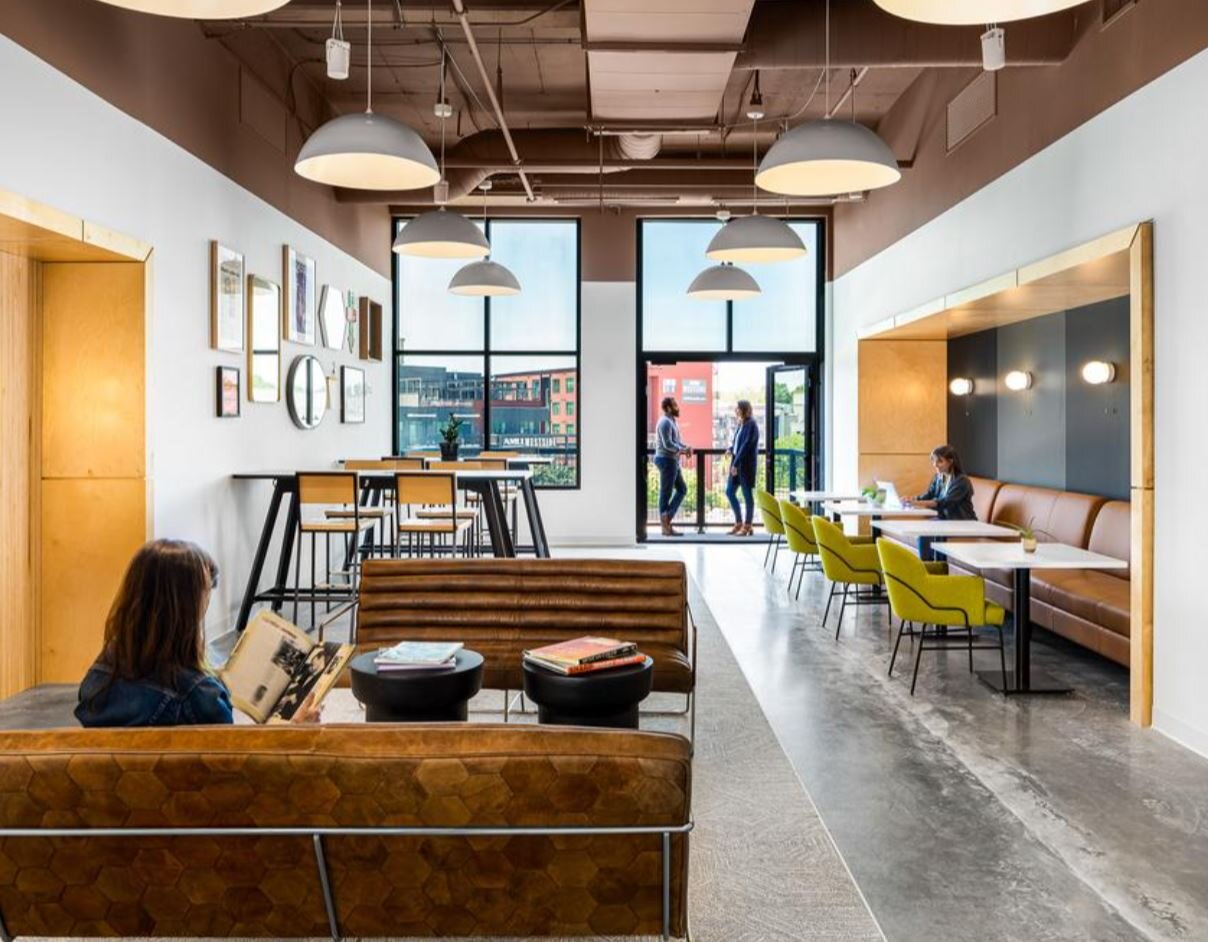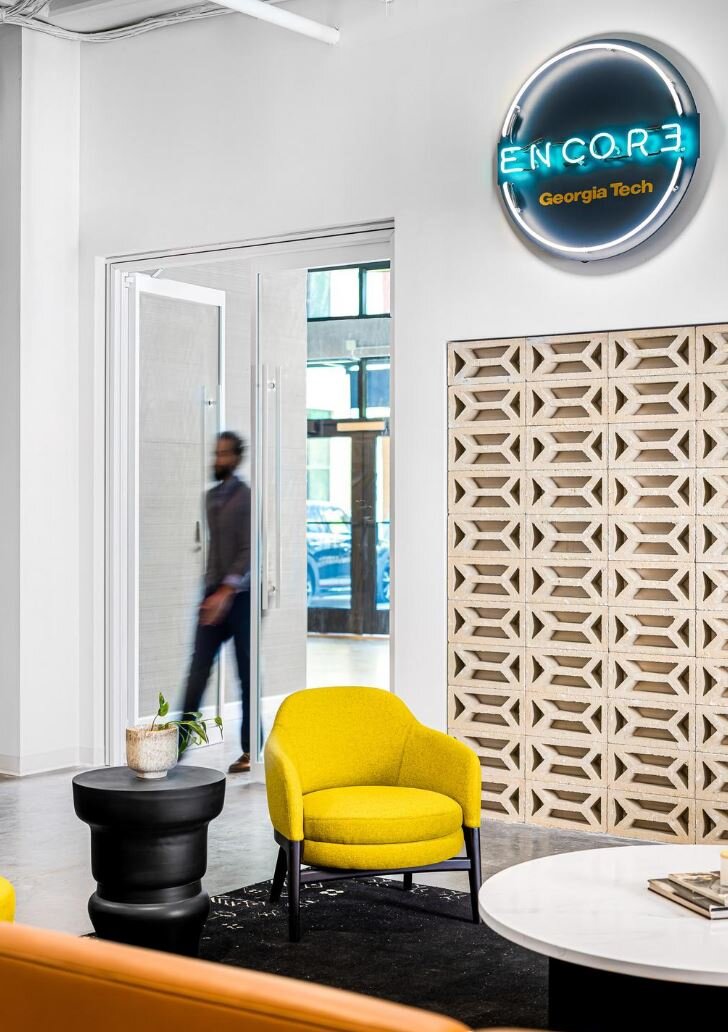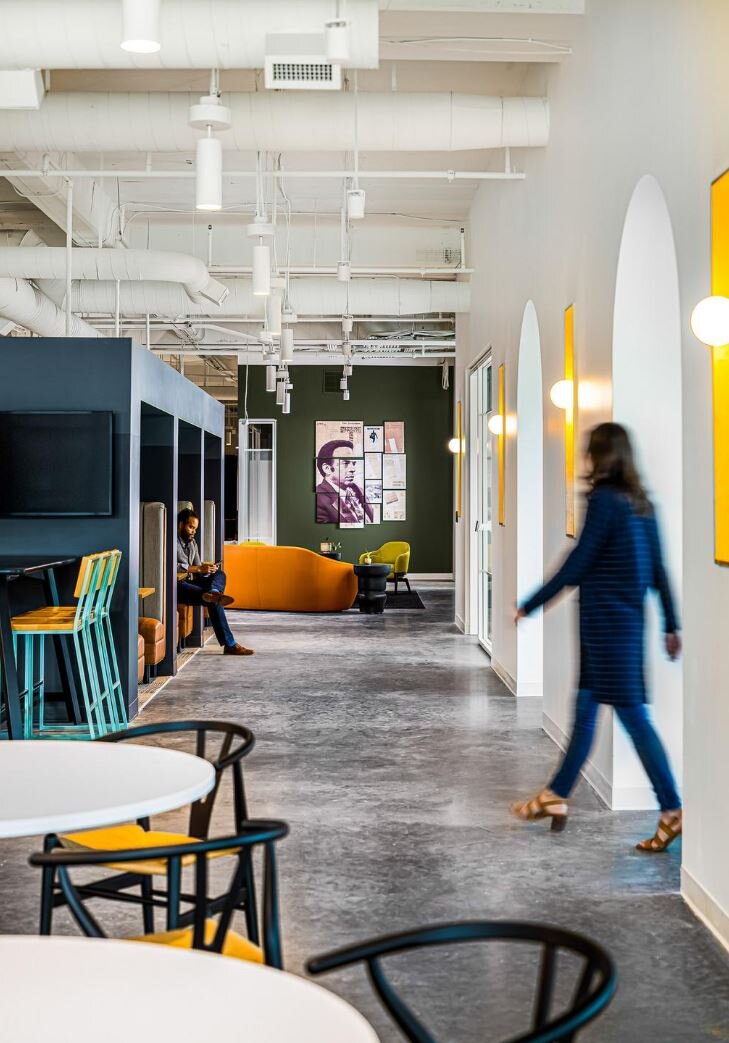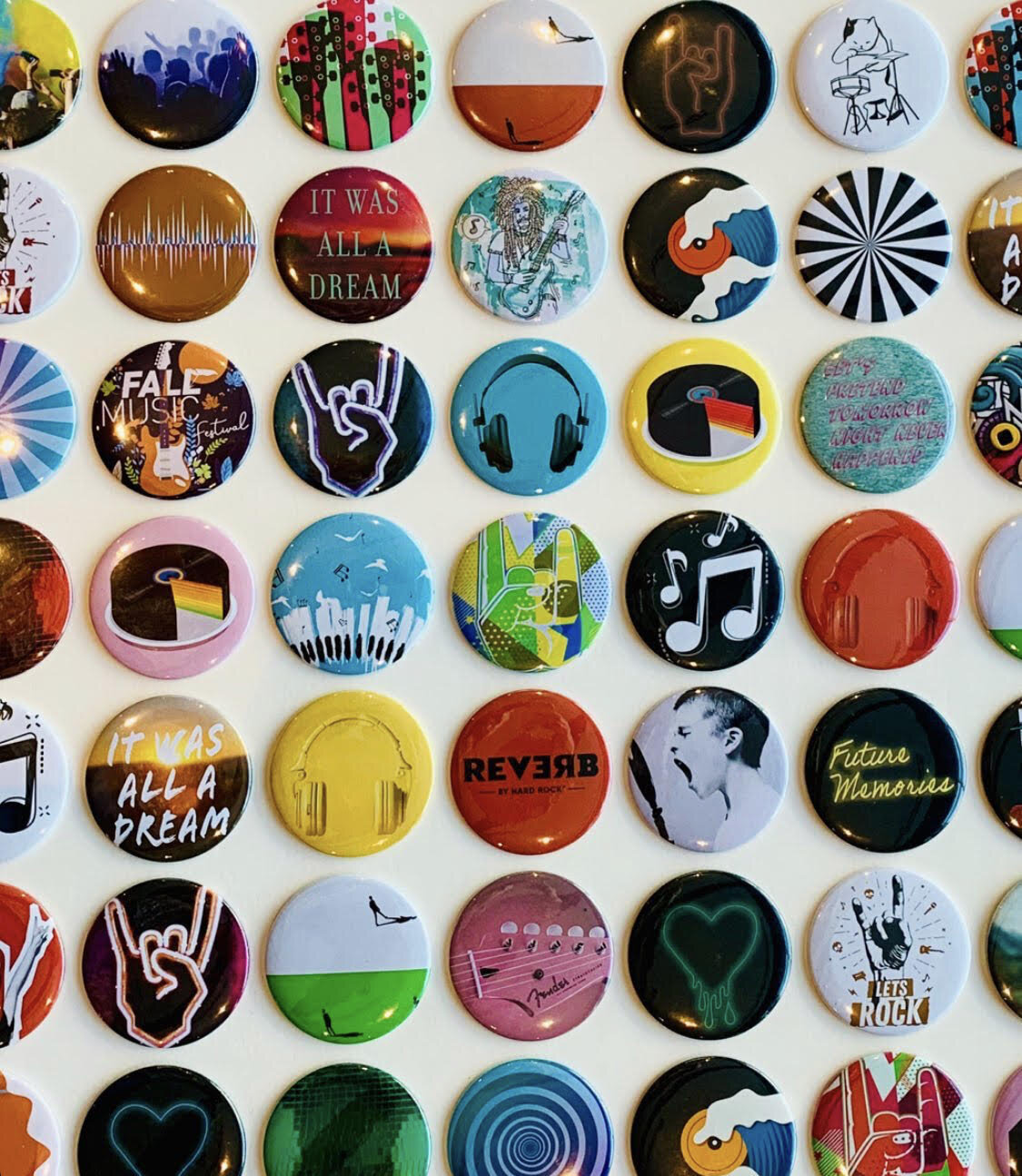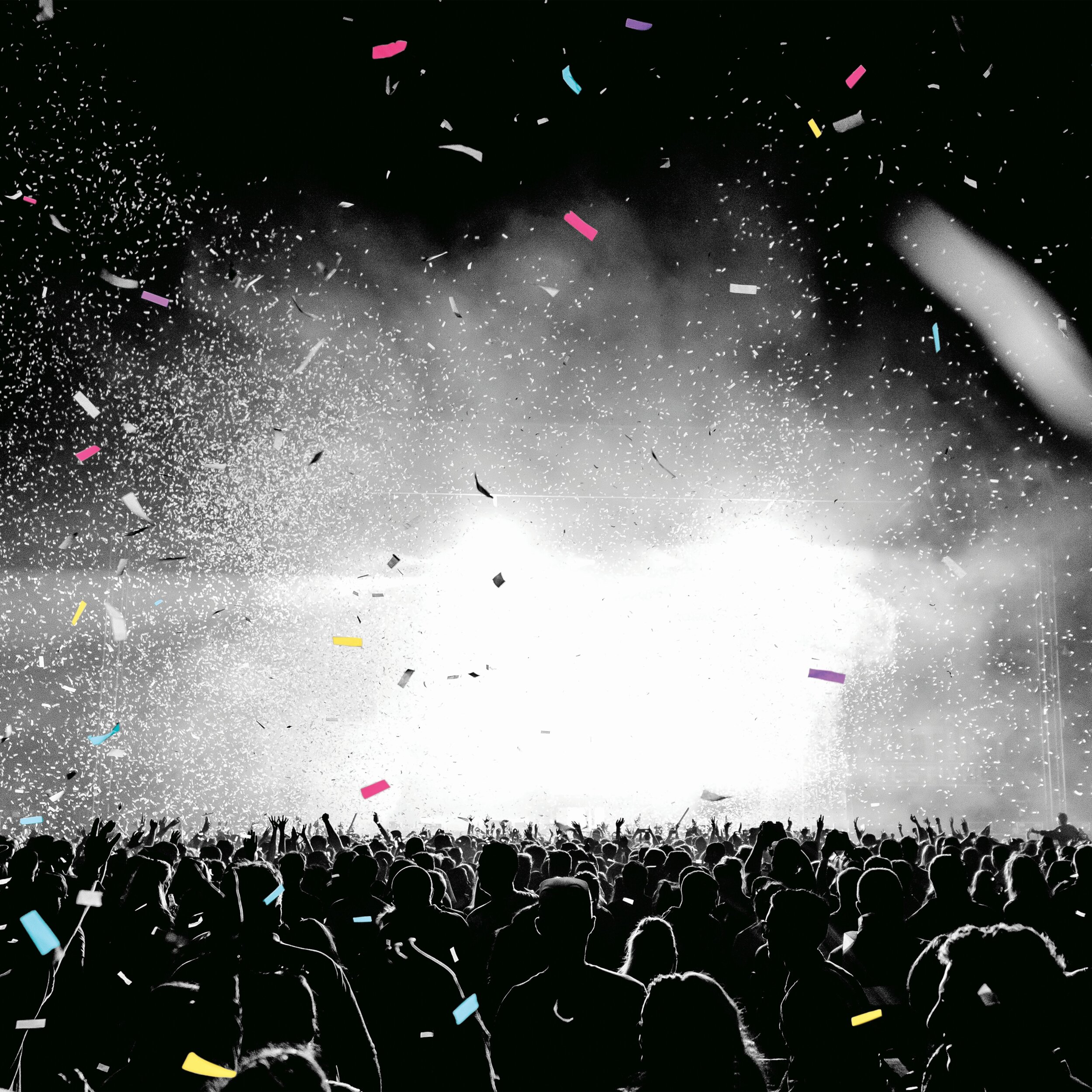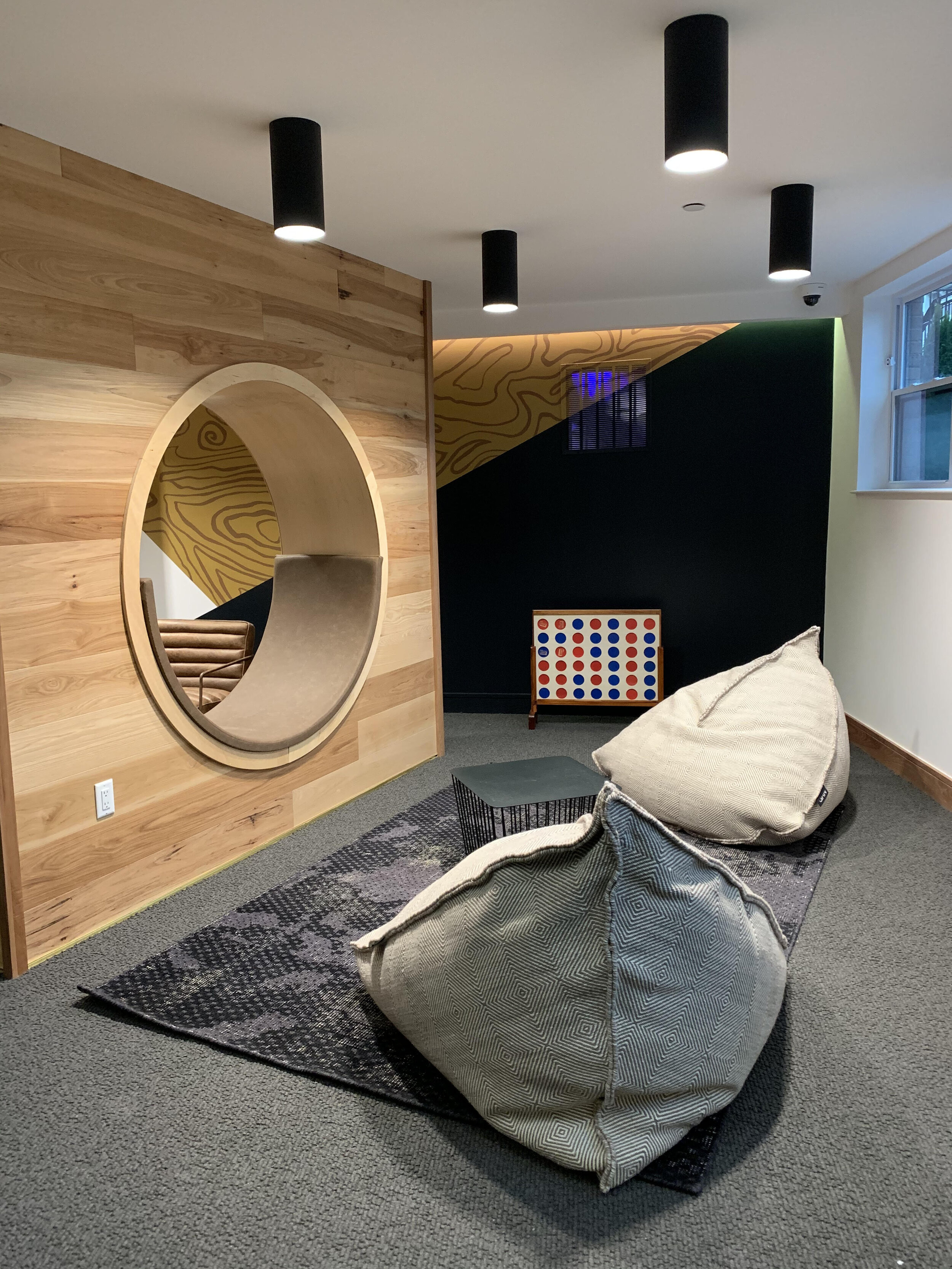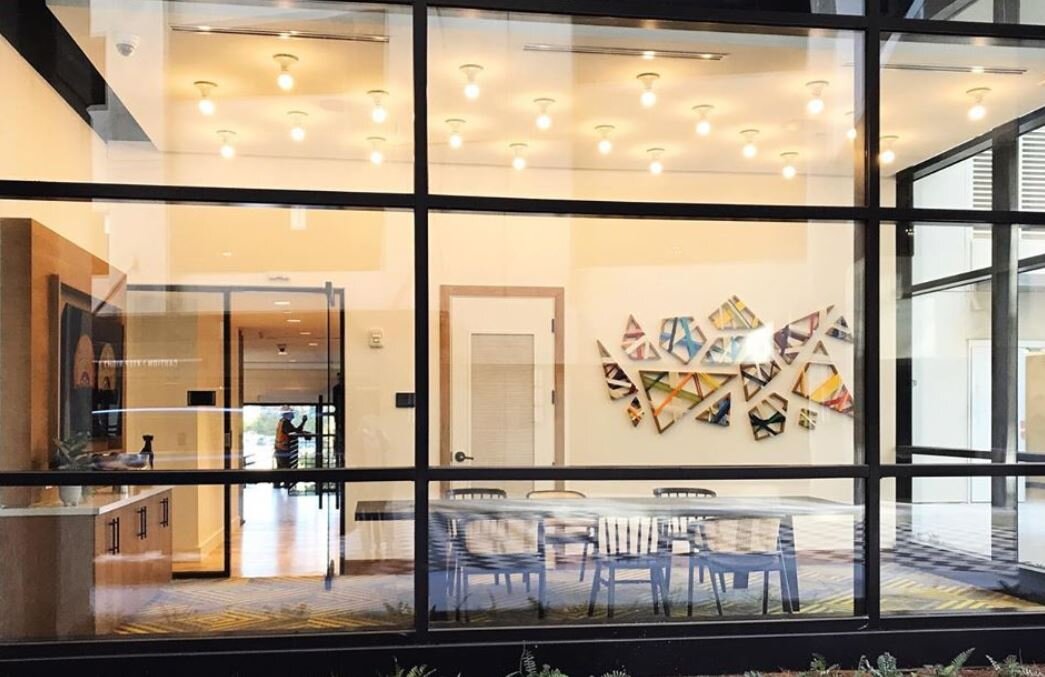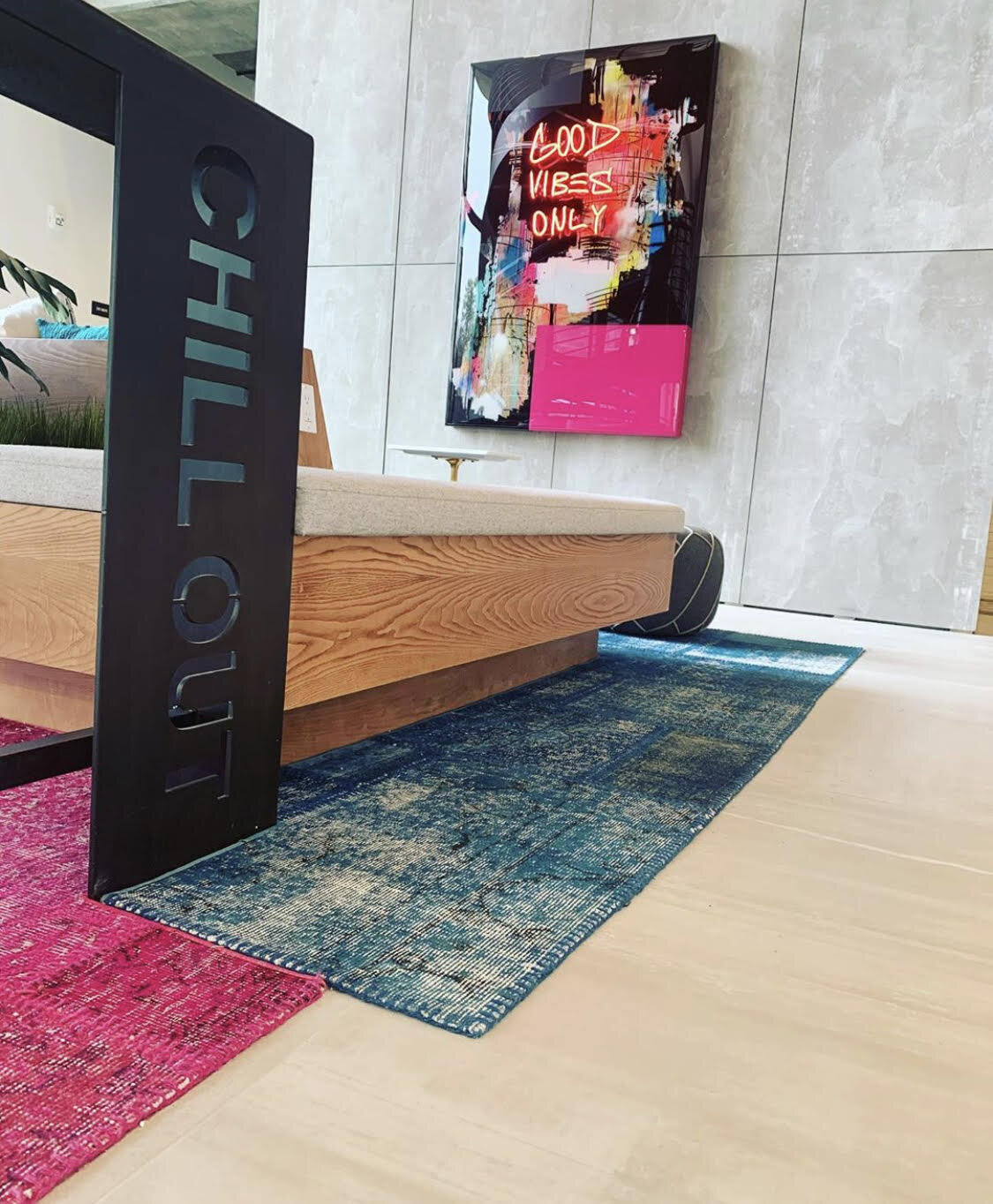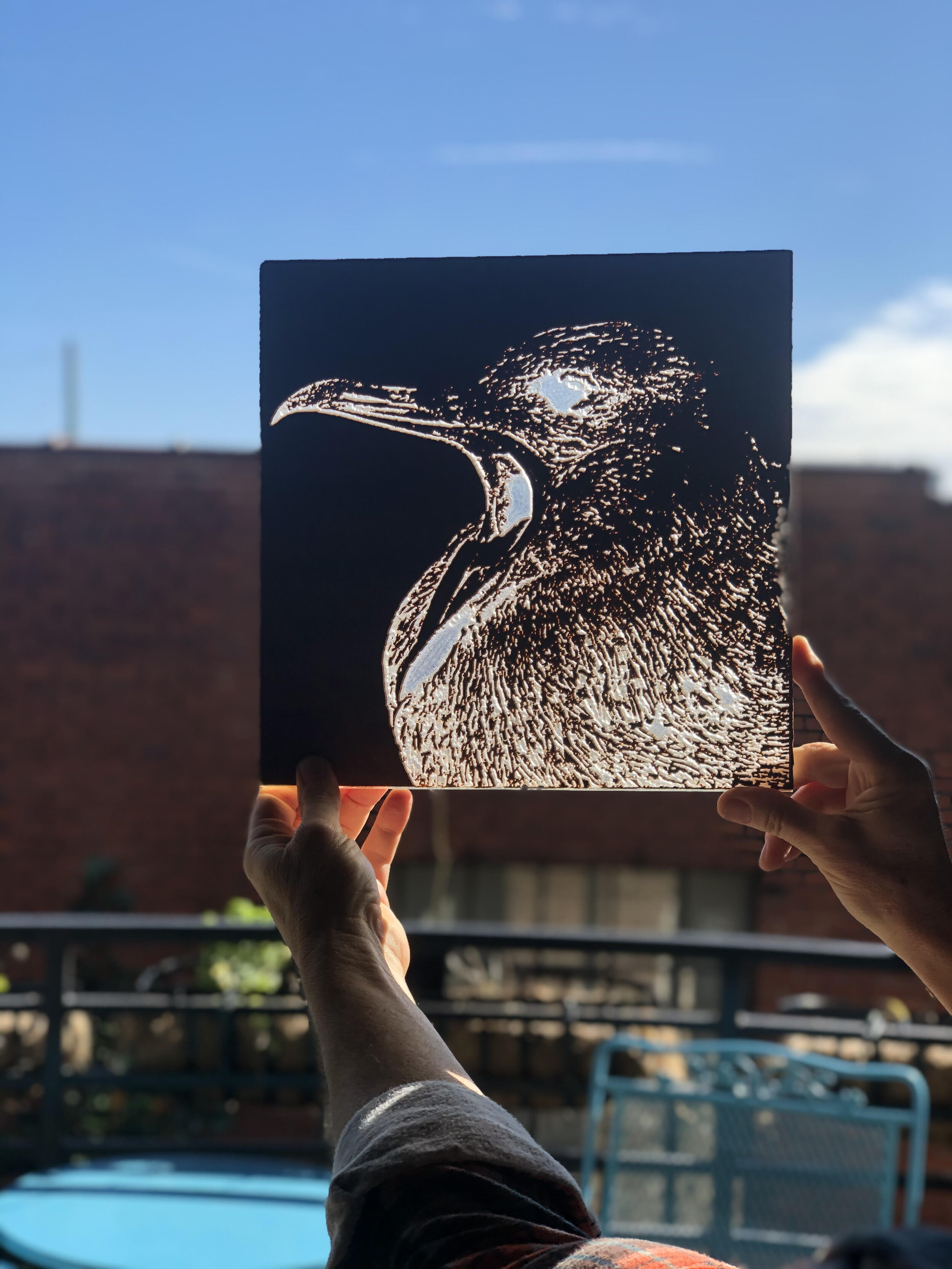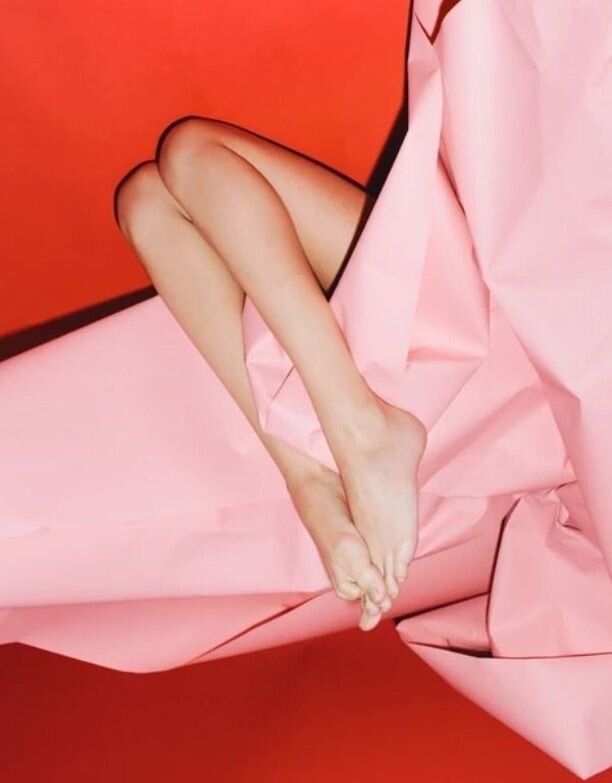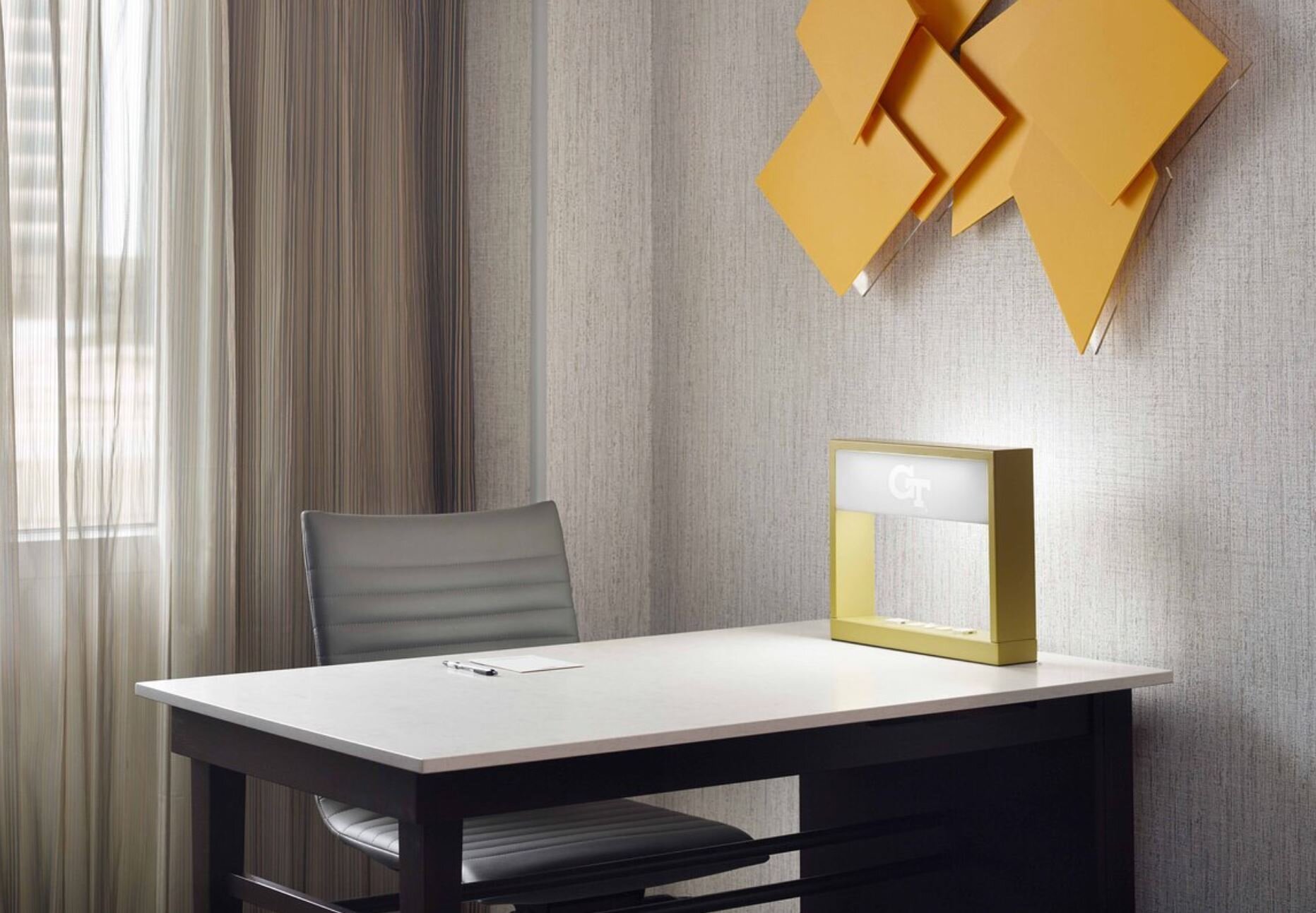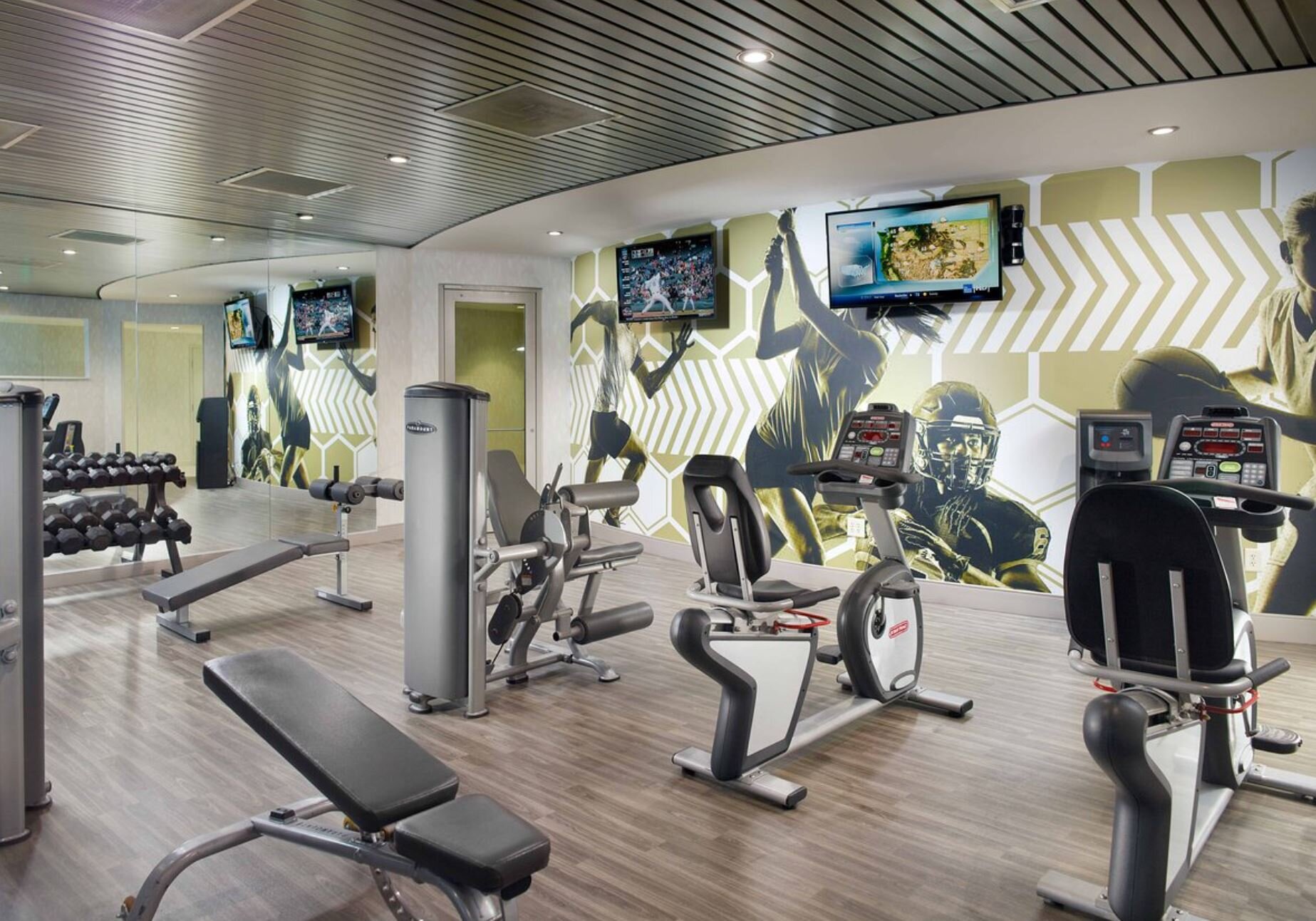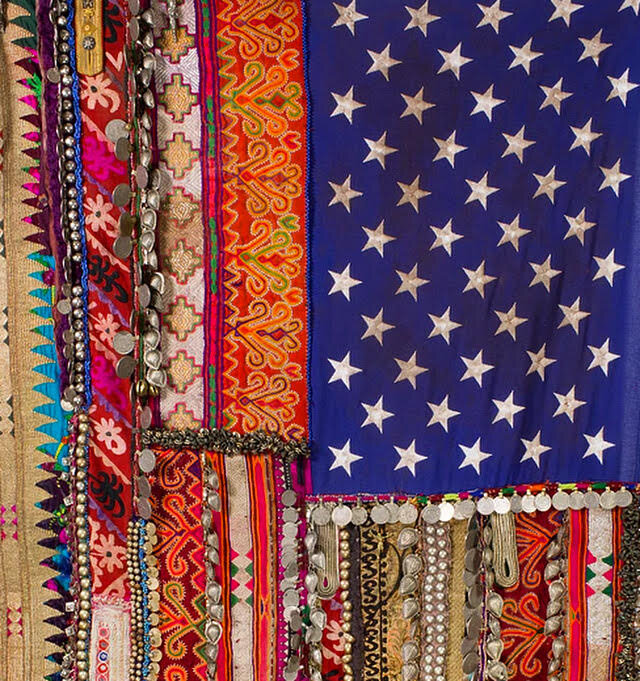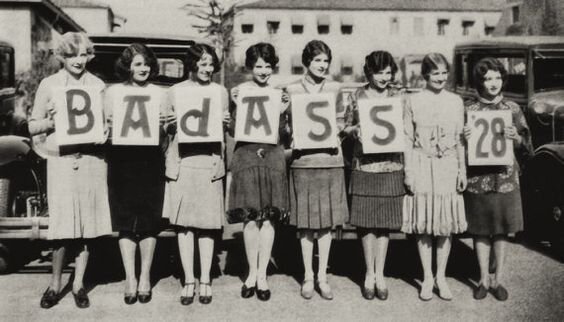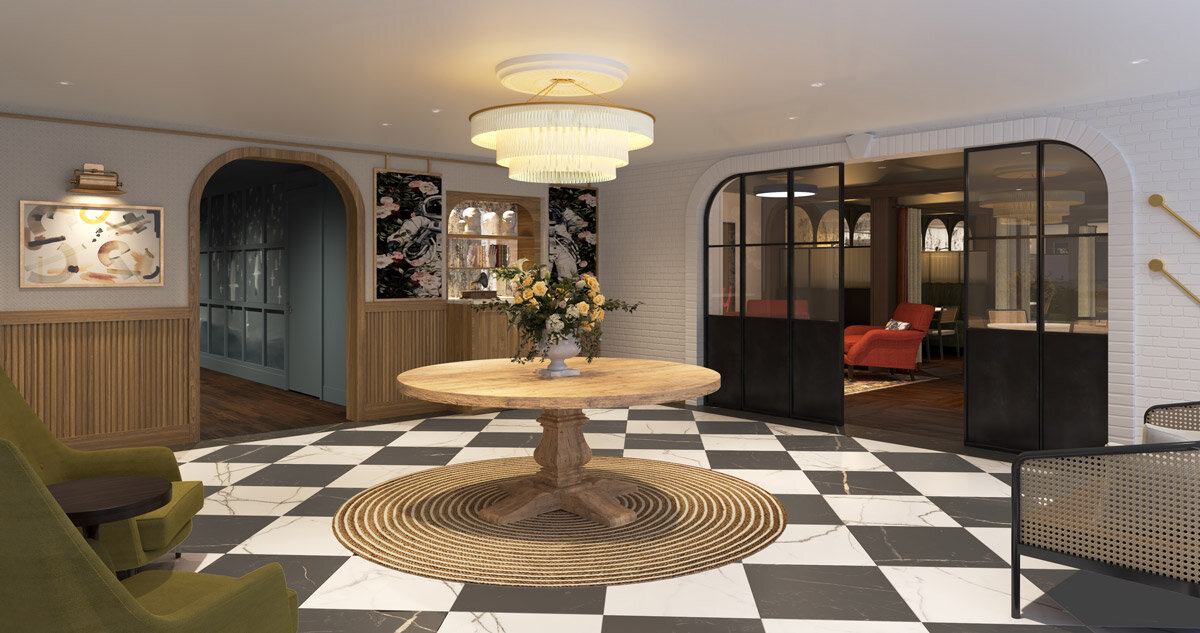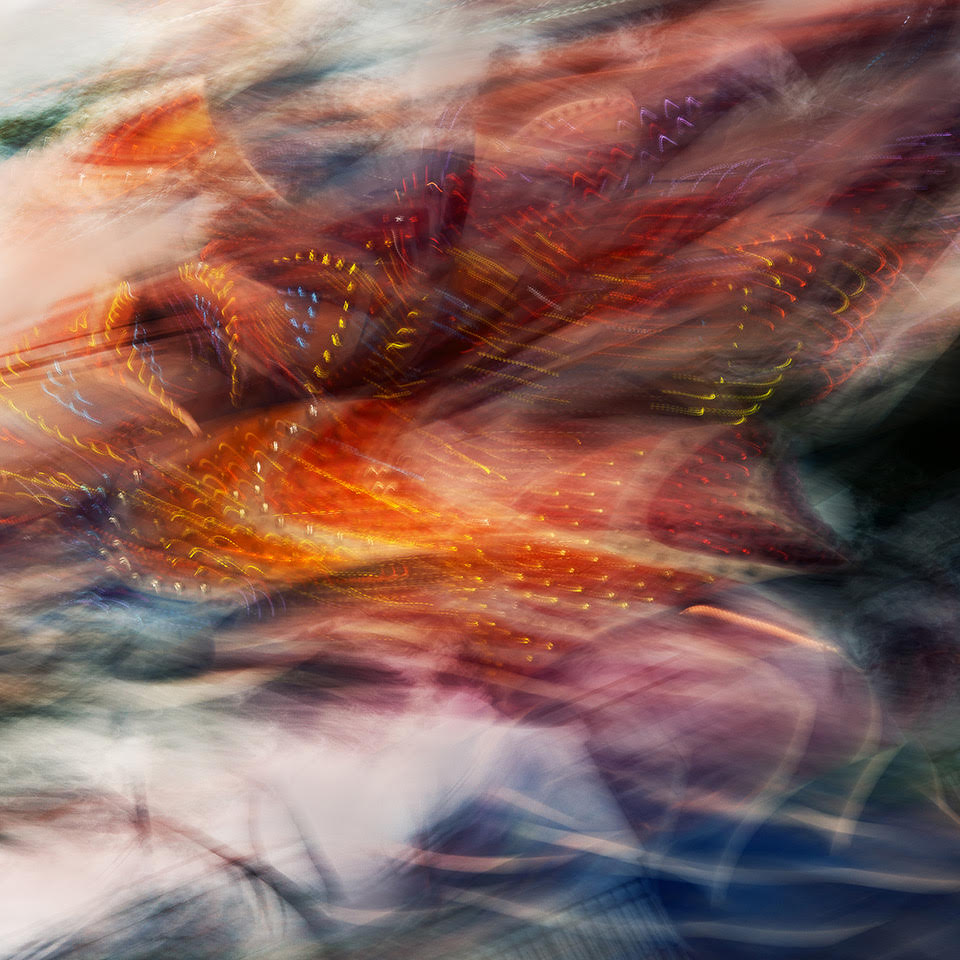APP: What do you hope people take away from your work? What one emotion do you want your art to stir up in the viewer?
KW: I don’t like it when things get too complicated (in images as in life), so in my prints, each composition is made up of only a few simple gestures. I’d like there to be a feeling of calm in them. But at the same time I want to challenge the viewer – maybe a shape hovers between abstraction and something almost recognizable, but not quite. This is meant to engage, and to invite the viewer to connect the image in front of them to other shapes or experiences in their lives. Of course, color is the other player here – somehow being the most subtle and most powerful element all at the same time. My sense of calm from the gentle melding of two colors might be someone else’s horror at their violent collision – or vice versa.
APP: How does being a professor play into your work; do you ever get inspiration from your students?
KW: When I was in grad school, I started to come up with assignments for myself as a way of re-learning the basics – essentially foundation drawing assignments, like trying to convey various depths of pictorial space within very tight constraints (sometimes absurdly tight). When I started teaching, I based an entire drawing course on pictorial space projects that stemmed from these studio experiments. I always return to the foundation principals when making work (compositional strategies, figure-ground relationships, color theory, etc), and I work with the same things when I teach, so they have always been woven together for me.
What most inspires me about teaching is the moment that someone peels away from the curriculum and forges their own way - when they start piecing together a vision just as they are catching their first glimpse of it. It is beautiful and joyous (and scary); this is the main thing that reinforces for me the need for art in our lives.
APP: Why did you choose printmaking?
KW: I was studying Architecture and taking a lot of painting and drawing classes on the side. I had taken basic drawing and wanted to move up, but Advanced Drawing didn’t fit into my schedule, so the professor convinced me to take Lithography I. She said, “It’s just like drawing! Plus process.” What I didn’t realize was that the ‘process’ was hours and hours of grinding a stone for each drawing. It took me a couple of tries, but I finally made a print that didn’t scum (fill completely with ink), then made my first 3-color print. I signed up for Litho II the next semester; I was hooked. After college I continued printmaking with a night class; I’d stay up until 2 or 3am twice a week printing, then slog through my draughting job the next day. That’s when I decided to leave architecture and get a graduate degree in Printmaking.
APP: What strikes me the most about your work is the way you balance colorful organic forms with a level of precision. How do you achieve this affect?
KW: I really appreciate this question, because I put a lot of time and thought into trying to make the work both organic and precise. Thank you for noticing! I feel like the printmaking process is a great way to separate out all the different things you want from a project so that you can work on them one at a time. For instance, the initial sketches have the most improvisation; the large scale templates are where I work out the exact shapes; and the color all happens in the printing. Each step allows room for refining and micro-changes, like moving a charcoal line 1/8 inch over in the templates, or shifting a yellow to become just a smidge more yellow-orange in the printing stage. The shapes are the constant for me, whereas color is where all the surprises happen (and the most joy!).
